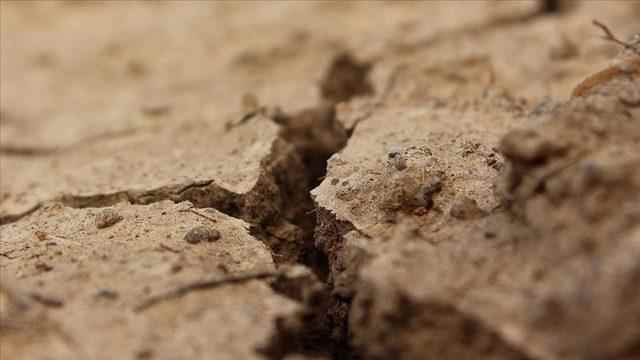Anadolu Agency (AA) has recorded that the water of the river is almost dry at many points in Clifton and Bristol on the route of the river, which starts from the southeastern slopes of the country and passes through Gloucestershire, Wiltshire and Somerset regions.
When the mud traces on the river bed were carefully examined, it was observed that the river lost a large part of its old flow and the river bed appeared from place to place.
At the beginning of the week, AA recorded that the source of the famous River Thames, which passes through the capital London, in Gloucestershire, is facing a drought crisis.
BRITISH GOVERNMENT OFFICIALLY ANNOUNCED Drought
The British government, on the other hand, announced that drought was officially declared in the southern, central and eastern regions of the country.
In the statement made by the Ministry of Environment, Food and Rural Affairs of the country, it was reported that more than half of England was decided to be taken into drought status due to the driest summer in the last 50 years.
In the statement, it was stated that eight of the 14 regions of England experienced drought, while these regions were Devon and Cornwall, Solent and South Downs, Kent and South London, Herts and North London, East Anglia, Thames, Lincolnshire, Northamptonshire, West Midlands.
HOSE PROHIBITION EXPANDING
Water distribution company Yorkshire Water said that from 26 August, restricted use of water, known as the “hose ban,” will begin to be implemented.
Thames Water, the UK’s largest water and wastewater services company, warned customers on 4 August that due to lack of rainfall they may have to enforce a hose ban in London in the coming weeks (the official restriction on hose use imposed by a particular water company during water shortages). .
South East Water, another UK supplier of potable water, has also become the second supplier to announce a ‘hose’ and ‘irrigation’ ban for customers in Kent and Sussex, which will take effect from 12 August. (AA)
